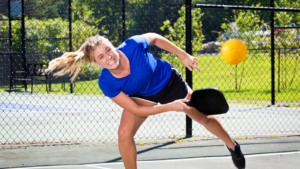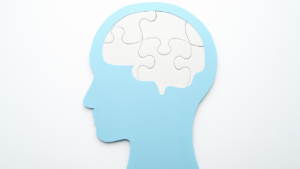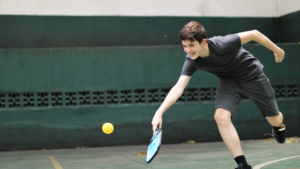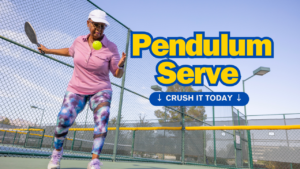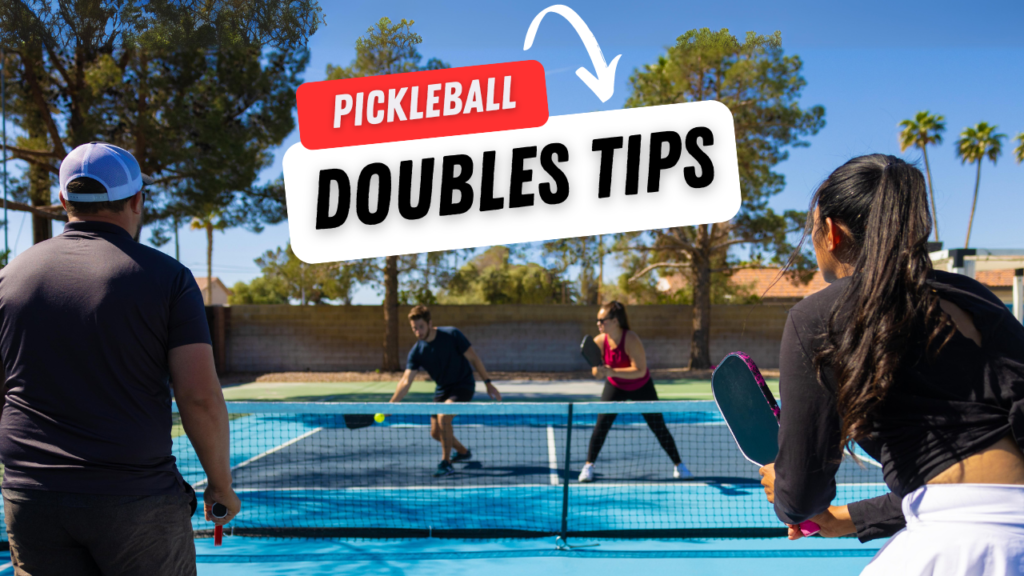
Mastering pickleball doubles strategy can elevate your game. It’s all about teamwork, positioning, and smart plays. Understanding how to communicate with your partner is key. You need to know when to attack and when to defend.
Effective strategies can turn the tide in a match. Use the court wisely to cover more ground and create openings. Anticipating your opponent’s moves makes a huge difference. Whether you’re a beginner or an experienced player, these tips will help sharpen your skills. Dive into the world of pickleball doubles strategy and watch your performance soar!
Table of Contents
Key Takeaways
- Focus on teamwork in unison by practicing together, understanding each other’s playing styles, and considering player positioning to improve your doubles game.
- Use clear and simple communication on the court to avoid confusion and enhance coordination with your partner.
- Position yourselves strategically to cover the court effectively, ensuring you both can respond to the ball quickly.
- Master the kitchen line to control the game and put pressure on your opponents with quick, strategic shots.
- Choose your shots wisely by targeting areas where your opponents struggle, increasing your chances of winning points.
- Develop strong serving and returning strategies to set the tone for each point and keep your opponents on their toes.
Importance of Teamwork in Doubles

Building Trust
Good doubles teams thrive on trust. Players need to understand each other’s strengths and weaknesses. This understanding helps them make better decisions during the game. For instance, if one player is strong at net play, the other can focus on baseline shots.
Trust also comes from communication. Partners should talk about their plays and strategies. This open dialogue fosters a supportive environment. When teammates feel confident in each other, they perform better.
Leveraging Skills
Successful doubles teams collaborate on strategies that use both players’ skills. Each partner should have specific roles based on their abilities. For example, one player might excel at serving while the other is great at returning serves. By combining these doubles skills, teams can create effective plays.
Teams should practice different scenarios together. This practice builds familiarity with each other’s style of play. It allows partners to anticipate movements and shots. A well-coordinated team can outsmart opponents easily.
Supporting Each Other
Support is crucial during a doubles game. Teammates must encourage one another, especially after mistakes. A positive attitude helps maintain morale throughout the match. When a player misses a shot, their partner should offer reassurance instead of criticism.
Minimizing individual errors is key to doubles success. Players can help each other by covering for mistakes. If one partner gets caught out of position, the other should adjust quickly to fill the gap. This teamwork creates a cohesive unit that is hard to beat.
Communication Techniques
Effective communication enhances performance in pickleball doubles. Players should develop signals for different plays or strategies. These signals can be as simple as hand gestures or eye contact. Quick communication keeps the game flowing smoothly.
Both partners should also discuss their game plan before matches. Knowing what to expect helps reduce confusion during play. This preparation is part of a fundamental doubles pickleball strategy that leads to success.
Practicing Together
Regular practice strengthens the bond between partners. Good doubles teams spend time training together outside of games. They work on drills that enhance their teamwork and coordination.
Practicing specific plays can lead to fantastic doubles points during matches. Teams can focus on areas like volleys, lobs, and positioning on the court. The more they practice, the better they become at executing their strategy during real games.
Effective Communication Techniques
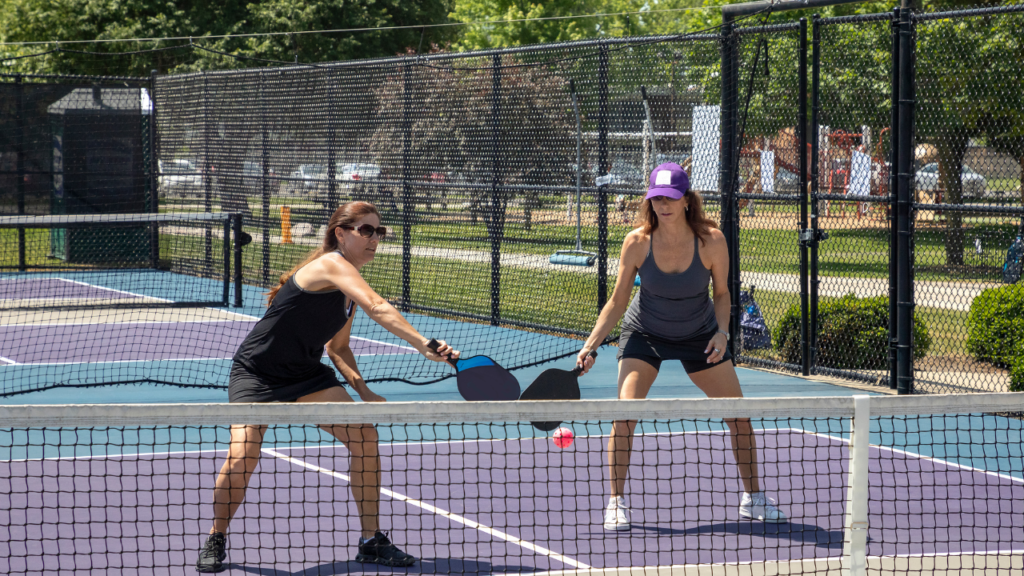
Clear Signals
Establishing clear signals is essential in developing the best pickleball doubles strategy. Players must create a system to communicate shot selection and movement. For example, one player can raise their paddle to signal an aggressive shot. This helps the team to act in sync. When both players know what to expect, they can cover the court more effectively.
Players should also decide on specific movements for different situations. A simple hand gesture can indicate whether to move forward or stay back. This clarity reduces confusion during fast-paced rallies. It allows players to focus on their game rather than guessing each other’s intentions.
Verbal Cues
Using verbal cues is another important tip in doubles play. These cues alert partners about positioning and threats from opponents. For instance, shouting “mine!” can prevent collisions when both players go for the same ball. This quick communication keeps the game flowing smoothly.
Calling out where the ball is headed helps teammates react faster. If one player notices an opponent preparing for a powerful serve, they can warn their partner. This teamwork can lead to better defensive pickleball doubles strategies and fewer mistakes.
Post-Game Dialogue
Encouraging open dialogue after each game is crucial for improvement. Discussing what worked well reinforces successful strategies. Players can highlight effective plays and communication tactics that helped them win points.
Identifying areas for improvement is just as important. Talking about mistakes allows players to learn from them. They can analyze missed shots or miscommunication moments together. This reflection builds trust and strengthens partnership skills.
Practice Together
Practicing together enhances communication skills on the court. Regular practice sessions allow players to experiment with signals and cues. They can test which ones work best in different scenarios.
During practice, players should simulate game conditions. This helps them understand how pressure affects communication. The more they practice, the more natural their signals will become during actual matches.
Stay Positive
Maintaining a positive attitude is vital for effective communication and may be the number one pickleball doubles strategy. Encouragement boosts confidence and keeps spirits high during tough matches. Complimenting each other on good plays fosters a supportive environment.
Negative comments or frustrations can harm teamwork. Instead, players should focus on constructive feedback. This approach creates a healthy atmosphere for growth and learning.
Optimal Positioning on the Court
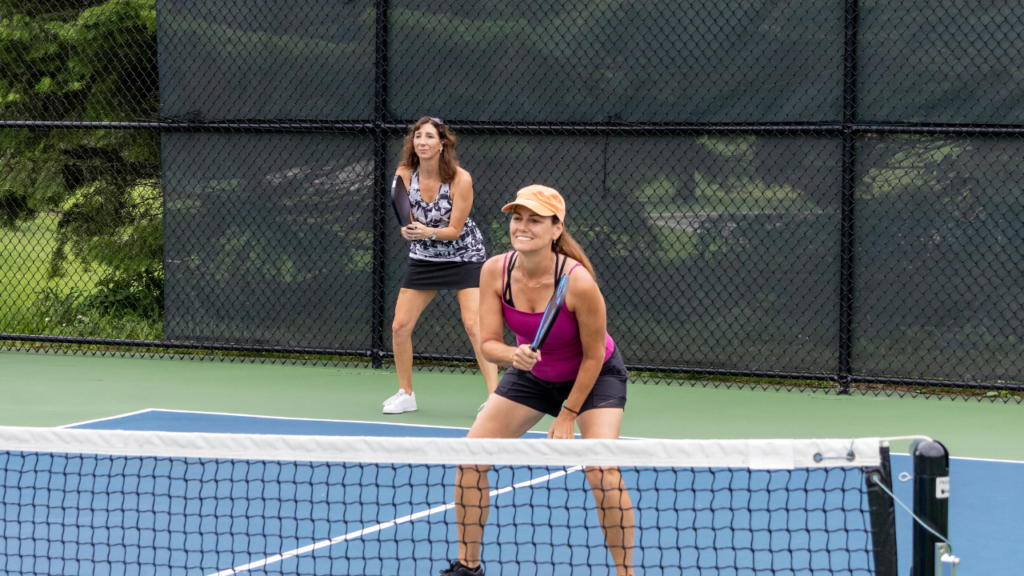
Court Coverage
Successful doubles positioning starts with maintaining a balanced formation. Players should spread out to cover the court effectively. This strategy reduces openings for opponents. Each player can take a side, allowing them to respond quickly to shots.
Players must adjust their positions based on the flow of the game. If one player moves closer to the net, the other should shift back. This keeps both players ready for volleys and returns. It is important to communicate these movements clearly.
Player Awareness
Player coordination is crucial during play. Each athlete must stay aware of their partner’s location. This awareness helps avoid collisions and miscommunication. For example, if one player goes for a ball, the other should anticipate this move.
Good positioning also depends on knowing where the opponents are. Players should always keep an eye on their rivals. Understanding where they are can help in making smart placement decisions.
Adjusting Strategies
Position strategies may change throughout a match. As players gain experience, they learn when to switch tactics. A tier pickleball player often knows how to adapt their game plan mid-match.
For instance, if opponents hit consistently to one side, players can adjust their positions accordingly. They might want to cover that side more heavily. This adjustment can lead to winning points and optimal pickleball doubles strategy.
Communication Signals
Excellent pickleball relies on clear communication between partners. Players can develop signals to indicate their next moves. Simple gestures or words can make a big difference during intense moments.
Establishing these signals before the game starts is essential. This practice ensures both players understand each other’s intentions on the court.
Net Play
Being near the net can be an advantage in pickleball doubles games. Players who position themselves at the net can cut off angles and pressure opponents. They should be ready to react quickly to volleys.
However, players must also remember not to crowd each other at the net. Keeping space allows both partners to move freely and make plays.
Practice Makes Perfect
Practicing these positioning techniques is vital for improvement in pickleball fundamentals and pickleball doubles strategy. Regular drills focusing on movement and coordination will enhance overall gameplay.
Players should work together to strengthen their understanding of effective positioning strategies. Over time, this practice will lead to better performance in matches.
Mastering the Kitchen Line
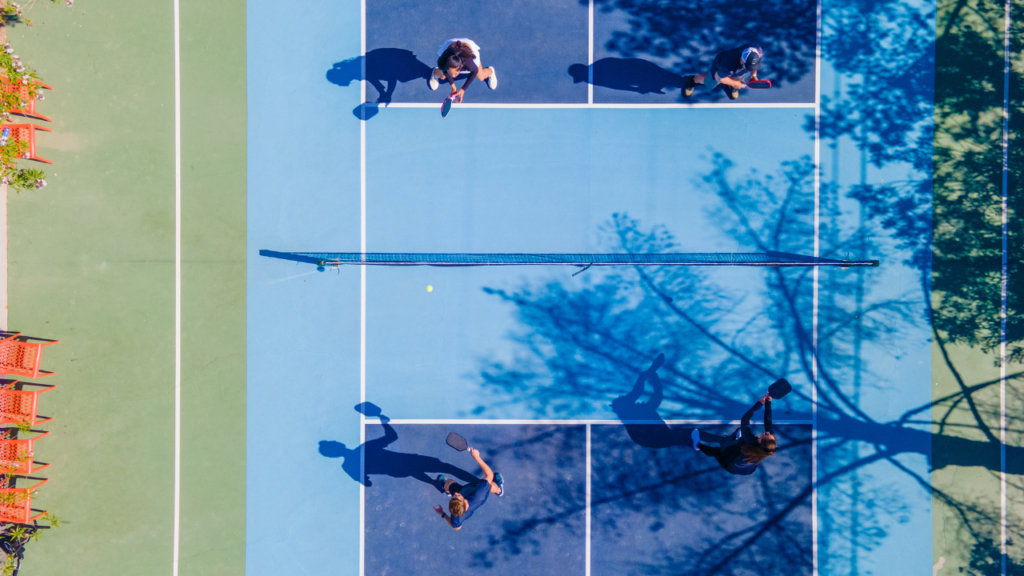
Quick Approach
Players must prioritize reaching the Non-Volley Zone (NVZ) line quickly. This area is crucial for controlling the game. Getting to the NVZ allows players to dictate the pace. It also puts pressure on opponents.
When players are at the NVZ, they can respond faster. They can intercept shots before they bounce high. This quick approach can lead to easier volleys and better shot placement.
Effective Volleys
Utilizing the NVZ line helps in executing effective volleys. Players can hit volleys with more control. They minimize the risk of hitting into the net. Proper positioning allows for better angles. This leads to more successful shots.
A good volley requires timing and precision. Players should focus on keeping their paddle stable. They should aim for consistent contact with the ball. Practicing these skills will improve overall performance.
Strong Presence
Maintaining a strong presence at the NVZ is key to master pickleball doubles strategy. This strategy pressures opponents and forces errors. When players stand close to the net, they limit options for their rivals. Opponents may feel rushed and make mistakes.
Teamwork plays a big role here. Both players should communicate effectively. They need to cover each other’s weaknesses at the NVZ. A strong partnership can lead to more opportunities and points.
Positioning Tips
Stay Low: Bend your knees and stay balanced.
Watch the Ball: Keep your eyes on the ball as it approaches.
Communicate: Talk with your partner about who will take which shots.
These tips help maintain control at the NVZ line. They improve overall gameplay and enhance teamwork.
Practicing Strategies
Practice drills focusing on NVZ play can be beneficial. Set up scenarios where you work on quick movements to the NVZ line. Incorporate volleys from different angles during practice sessions.
Playing against different opponents also helps in understanding various strategies. Each match provides new challenges and learning experiences.
Strategic Shot Selection
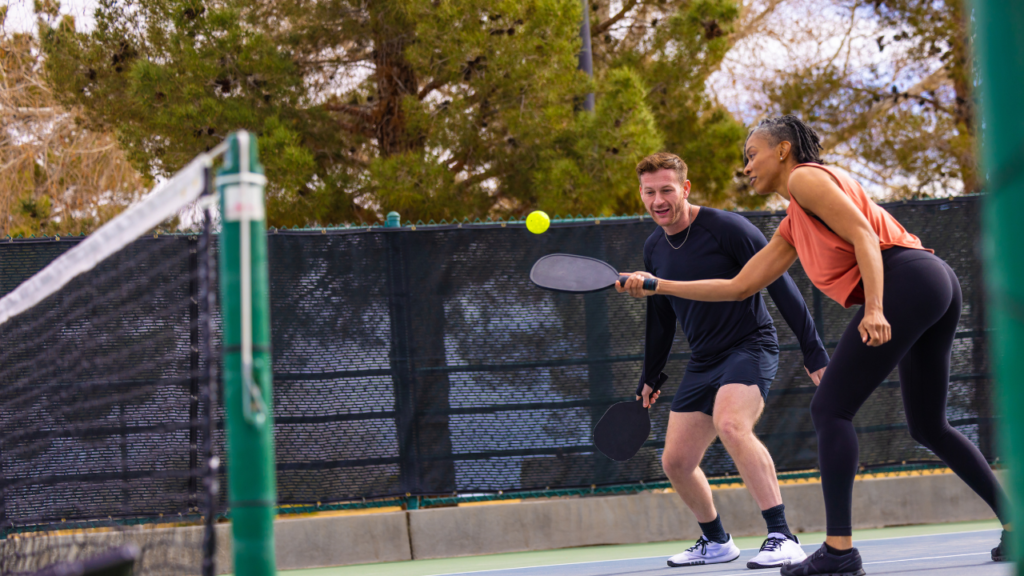
Analyze Opponents
Players should always watch their opponents. Understanding where they stand on the court is key. Look for gaps in their formation. If one player is too far back, a well-placed shot can score points.
Using strategic shot placement can force your opponents to move. This movement creates openings for you to exploit. For example, if both opponents are near the net, hitting a deep shot can push them back. This tactic can give you an advantage.
Mix Up Shots
Variety is important in pickleball. Mixing up shot types keeps opponents guessing. Use drives, lobs, and volleys to create confusion. A drive puts pressure on your opponents with speed. A lob can catch them off guard by sending the ball high.
When players only use one type of shot, it becomes easy to predict their moves. Keeping opponents off-balance helps maintain control of the game. For instance, if you hit a hard drive followed by a soft lob, it changes the rhythm of the game.
Focus on Consistency
Winning rallies often comes down to consistency. Players should prioritize shot placement over sheer power. Hitting the ball accurately increases the chances of winning points.
Aiming for specific areas on the court will help keep rallies alive longer. Consistent shots allow you to dictate play and force errors from your opponents. For example, focusing on the sidelines can stretch their defense and create openings.
Create Scoring Opportunities
Strategic shot selection creates scoring chances. Players must be aware of their positioning as well as their opponents’. If you notice that your opponent struggles with low balls, aim for those shots more often.
Taking calculated risks can pay off during critical moments in a match. If the score is close, a well-timed aggressive shot could lead to victory.
Communicate with Your Partner
Doubles teams must communicate effectively during play. Discussing pickleball doubles strategy before and during matches helps align goals and tactics. Clear communication can prevent confusion about who takes which shots.
Understanding each other’s strengths also enhances overall performance. If one partner excels at net play while the other is strong at baseline shots, teams should use this to their advantage.
Utilizing Drop Shots
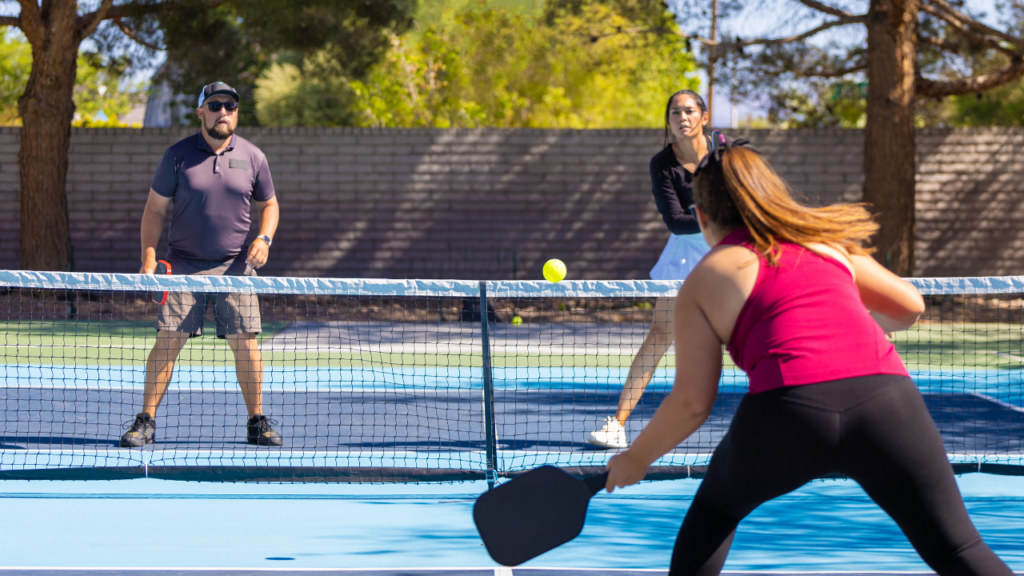
Catching Off Guard
Drop shots can be a powerful tool in pickleball doubles strategy. Players use them to catch opponents off guard. When executed well, a drop shot can disrupt the rhythm of the game. Opponents may not expect a soft shot after a series of hard hits. This surprise element forces them to adjust quickly, often leading to mistakes.
A well-placed drop shot can make a big difference. Aim for areas that are difficult for your opponents to reach. These spots include the corners of the court or just over the net. By targeting these areas in your pickleball doubles strategy, you increase your chances of winning the point.
Creating Space
Drop shots also serve as a tactic to create space on the court. When players hit a drop shot, it draws their opponents forward. This movement opens up opportunities for follow-up shots. After your opponent rushes to the net, you can hit a deep ball to the back of the court.
Using this strategy keeps your opponents guessing. They must decide whether to stay back or move in. This uncertainty can lead to errors on their part.
Precision Matters
Precision is crucial when using drop shots in pickleball. A poorly placed shot can easily be returned with power. Focus on hitting the ball lightly and accurately. The goal is to land it softly just over the net.
Practice makes perfect. During pickleball lessons, players should focus on refining their drop shots. Drills that emphasize precision help develop this skill. Repeated practice allows players to gain confidence in their ability to execute drop shots effectively.
Timing Your Shots
Timing is key when using drop shots strategically. Players should watch their opponents closely before making their move. If an opponent is out of position or moving backward, it’s a good time for a drop shot.
Anticipating when to use this tactic can change the course of a game. It requires keen observation and quick decision-making skills. Effective players learn to read their opponents’ body language and movements.
Targeting Opponents' Weaknesses

Observe Playing Styles
Different opponents have unique playing styles. Some players may struggle with their backhand shots. Others might be slower to react to fast balls. Observing these traits is crucial.
Players should take note of how their opponents handle different types of shots. For instance, if an opponent has a weak backhand, target that side more often. This creates pressure and increases the chances of errors.
Direct Shots
Directing shots towards an opponent’s weaknesses can change the game. If a player knows that their opponent has trouble with low balls, they should aim for those shots.
Using powerful serves and well-placed volleys can force mistakes. This strategy keeps opponents on their toes. It also makes them second-guess their movements.
Adapt Mid-Game
Adapting strategies mid-game is essential in pickleball doubles. Players must watch how their opponents react to targeted plays. If the initial strategy isn’t working, adjustments are needed.
For example, if targeting the backhand doesn’t yield results, switch to other tactics. Maybe try hitting deeper shots or changing the pace of play. Flexibility in approach can confuse opponents and create openings.
Defensive Strategies
Defensive strategies can also play a role in targeting weaknesses. When players notice an opponent struggling, they should reinforce that tactic. By focusing on one aspect of an opponent’s game, teams can gain control.
This means staying alert and communicating with teammates. Discussing what works and what doesn’t helps refine the game plan further.
Key Benefits
Targeting weaknesses provides several benefits:
- Increases point-winning chances.
- Forces opponents into uncomfortable positions.
- Builds confidence within the team.
By concentrating on these areas, players can improve their overall performance and pickleball doubles strategy.
Real-Life Examples
Many professional games showcase this strategy effectively. In 2020, during a major tournament, one team focused on their opponent’s backhand weakness throughout the match. They won by consistently targeting that area, leading to numerous errors from their rivals.
Another example comes from local leagues. A recreational team noticed their opponents struggled with high balls over the net. By hitting more lobs, they gained an advantage and won several points quickly.
Serving and Returning Strategies
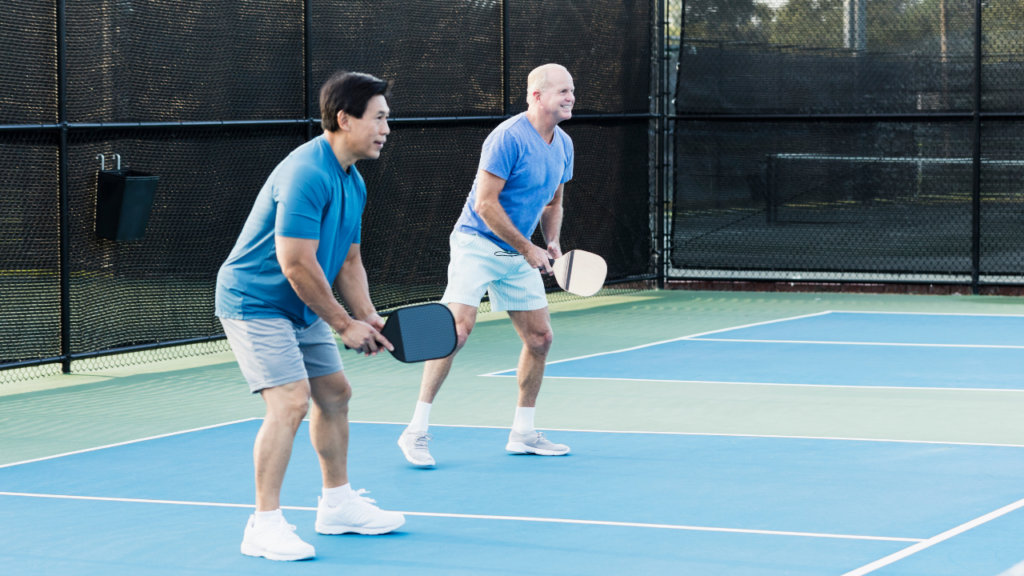
Varied Serves
Developing a variety of serves is key in pickleball doubles. Players should practice different types of serves. These can include underhand, topspin, and slice serves. Mixing them up keeps opponents guessing. If they cannot predict your serve, they will struggle to respond effectively.
Deep serves are particularly effective. They push opponents back toward the baseline. This creates space at the net for follow-up shots. Aggressive shots can then be played from a strong position. A player can aim for corners or hit it down the middle to create confusion.
Partner Coordination
Coordination with your partner is vital during serving and returning. Both players need to communicate well. They should decide who will cover which side of the court after the serve. Effective positioning helps in defending against returns.
After serving, players must quickly move into position. One player may stay at the baseline while the other moves to the net. This formation allows for better coverage of the court. By working together, both players can anticipate where the return will go.
Return Strategies
Returning serves requires strategy too. Players should focus on getting their returns deep into the opponent’s court. Deep returns make it difficult for opponents to attack right away. They also limit options for aggressive plays.
Targeting an opponent’s weaknesses is important here as well. If one player struggles with low balls, send those their way. A well-placed return can set up your team for an advantage.
Practice Makes Perfect
Regular practice is essential for mastering these strategies. Players should spend time working on their serves and returns in drills. Practicing specific scenarios helps build confidence on the court.
Incorporating different pickleball doubles strategy during practice helps players adapt during matches. It prepares them to face various opponents and styles of play.
Advanced Tactics for Competitive Play
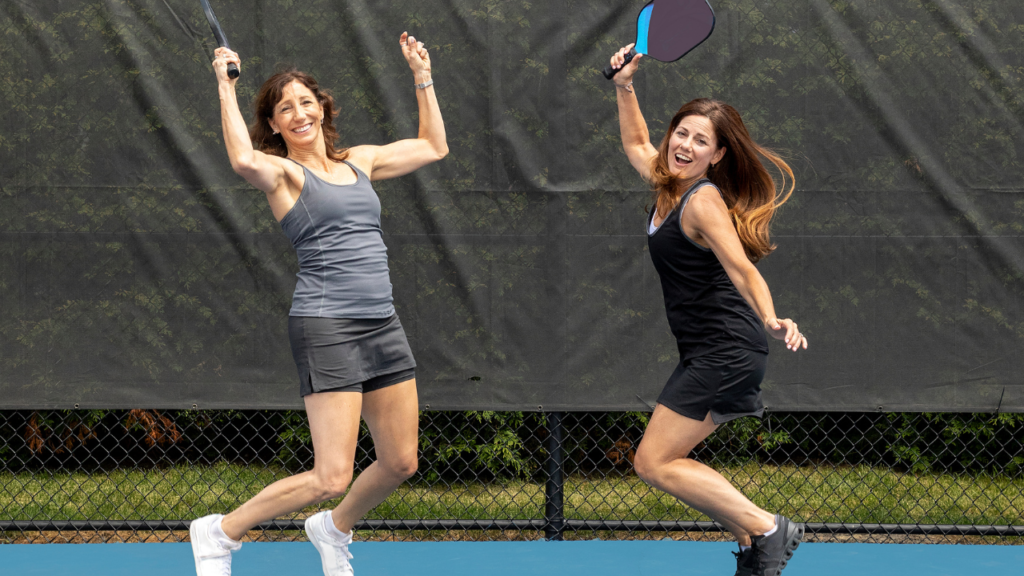
Strategic Formations
Players can use strategic formations to gain an advantage. Two common strategies are stacking and switching.
Stacking involves positioning both players on one side of the court. This can confuse opponents about where to aim their shots. For example, if one player is strong at the net, they can dominate that area while the other covers the backcourt.
Switching means changing positions during a rally. This keeps opponents guessing. If one player hits a strong shot, they might switch places with their partner to cover the net better.
Using these tactics helps new players learn how to work together and is an effective pickleball doubles strategy. They can create opportunities for winning points.
Analyzing Match Situations
Players must analyze match situations carefully. They need to know when to play aggressively or defensively. The score often dictates this choice.
If a team is ahead, playing safe is wise. Keeping rallies going can protect their lead. On the other hand, if they are behind, taking risks might be necessary. Aggressive plays can help catch up quickly.
Momentum also plays a role in decision-making. If a team feels confident after winning several points, they should continue playing aggressively. But if they start losing, it’s time to regroup and focus on defense.
Mental Resilience Techniques
Mental resilience is crucial in pickleball doubles. Players should practice techniques to stay calm under pressure. This includes deep breathing and positive self-talk.
During high-stress moments, taking a deep breath can help refocus attention. It allows players to clear their minds before making important shots.
Positive self-talk boosts confidence too. Reminding themselves of past successes can change their mindset during tough matches.
Staying composed keeps players focused on strategy rather than frustration or anxiety.
Final Remarks
Pickleball doubles is all about teamwork and strategy. You’ve learned how to communicate effectively, position yourselves right, and master key shots. Each tactic builds your game and helps you outsmart opponents. Remember, practice makes perfect.
Now it’s time to hit the court and put these strategies into action. Focus on your strengths and work on your weaknesses together. Keep refining your skills and enjoy the game. The more you play, the better you’ll get. So grab your paddle, rally your partner, and start dominating those matches!
Frequently Asked Questions (FAQ)
Teamwork enhances coordination, improves shot selection, and boosts overall performance. Effective collaboration allows players to cover the court better and anticipate each other’s moves, leading to more victories.
Use clear verbal cues and hand signals to indicate intentions. Regularly discuss strategies during breaks. This fosters understanding and helps avoid confusion during fast-paced matches.
Players should ideally position themselves side by side at the net or staggered near the baseline. This allows for effective coverage of the court while maximizing offensive opportunities.
Staying close to the kitchen line enables quick reaction times and puts pressure on opponents. It allows for easier volleys and strategic placement of shots, increasing your chances of winning points.
Assess your opponent’s position and weaknesses before selecting a shot. Use a mix of power and placement to keep them guessing and exploit openings for maximum effectiveness.
Use drop shots when your opponents are positioned far back. This tactic can catch them off guard and create opportunities for you and your partner to take control of the point.
Incorporate deception, such as fake shots or unexpected angles. Focus on building pressure through consistent returns and targeted attacks on opponents’ weaker sides for greater success.

